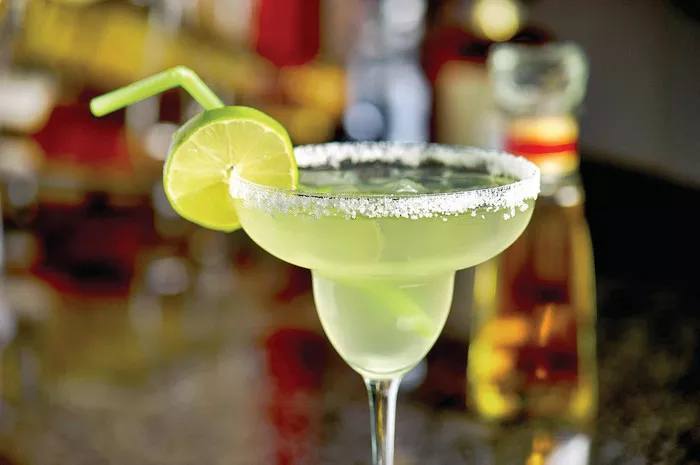The question of whether Jack and Coke qualifies as a cocktail sparks debates among enthusiasts and bartenders alike. With its simplicity and popularity, the Jack and Coke duo has carved out a significant place in drinking culture. Let’s delve into the origins of this iconic pairing and examine its classification as a cocktail.
A Historical Perspective: Origins and Evolution
To understand the status of Jack and Coke as a cocktail, it’s essential to trace its roots. Jack Daniel’s, the whiskey component of the mix, has a rich history dating back to the 19th century in Tennessee. Meanwhile, Coca-Cola, the soda counterpart, emerged in the late 19th century as a refreshing beverage. The fusion of these two American staples likely occurred organically, with patrons mixing whiskey and cola in bars across the country.
As the decades passed, the Jack and Coke combination gained traction, becoming a staple in bars and households alike. Its rise to prominence coincided with the growth of cocktail culture in the United States, although it diverged from traditional mixed drinks characterized by elaborate recipes and precise measurements.
Deconstructing the Cocktail Concept: Ingredients and Composition
In assessing whether Jack and Coke qualifies as a cocktail, it’s crucial to examine its components and composition. A typical Jack and Coke consists of Jack Daniel’s Old No. 7 Tennessee Whiskey and Coca-Cola served over ice. Unlike classic cocktails like the Old Fashioned or the Manhattan, which involve a precise combination of spirits, modifiers, and bitters, Jack and Coke relies on just two ingredients.
However, the simplicity of its recipe doesn’t necessarily disqualify it from being considered a cocktail. The term “cocktail” has evolved over time, encompassing a broad spectrum of mixed drinks beyond the confines of traditional recipes. While purists may argue that cocktails require a more complex assembly, others contend that any mixture of spirits and mixers can fall under the cocktail umbrella.
Cultural Significance and Consumer Perception
Jack and Coke’s ubiquity in bars and its portrayal in popular culture further blur the lines of its classification. From dive bars to upscale lounges, you’re likely to find this combination on drink menus across the globe. Its widespread availability and association with social settings have solidified its status as a go-to option for many drinkers.
Moreover, consumer perception plays a significant role in defining Jack and Coke as a cocktail. For those accustomed to ordering it at bars or mixing it at home, the distinction between cocktail and mixed drink may seem trivial. The enjoyment derived from sipping a well-balanced Jack and Coke transcends semantic debates, highlighting the subjective nature of drink classification.
Mixology Perspectives: Expert Opinions and Variations
In the realm of mixology, professionals offer diverse perspectives on the classification of Jack and Coke. Some view it as a simple highball—a category of mixed drinks comprising a spirit base and a larger proportion of non-alcoholic mixer—while others argue that its widespread popularity elevates it to cocktail status.
Furthermore, bartenders often put their own spin on the classic Jack and Coke, introducing variations that blur the lines even further. From adding flavored syrups to incorporating fresh citrus juices, these creative interpretations demonstrate the versatility of the drink while inviting further discourse on its categorization.
Legal and Regulatory Considerations
Beyond the realm of mixology, legal and regulatory factors can influence the classification of beverages like Jack and Coke. In some jurisdictions, specific criteria must be met for a drink to be labeled as a cocktail, including alcohol content, preparation method, and ingredient list.
However, these regulations vary widely, contributing to the ambiguity surrounding the classification of mixed drinks. While Jack and Coke may meet the criteria in some regions, it may fall into a different category or remain undefined in others, underscoring the complexity of drink classification on a global scale.
Conclusion: Defining the Boundaries of Cocktail Culture
In conclusion, the question “Is Jack and Coke a cocktail?” elicits nuanced perspectives from various angles. While its simplicity and widespread popularity may challenge traditional notions of cocktail craftsmanship, its cultural significance and consumer perception cannot be overlooked.
Ultimately, the classification of Jack and Coke as a cocktail may depend on individual interpretation and context. Whether viewed as a straightforward highball or embraced as a quintessential mixed drink, its place in drinking culture remains undisputed. As the boundaries of cocktail culture continue to evolve, so too will our understanding and appreciation of beloved classics like Jack and Coke.


